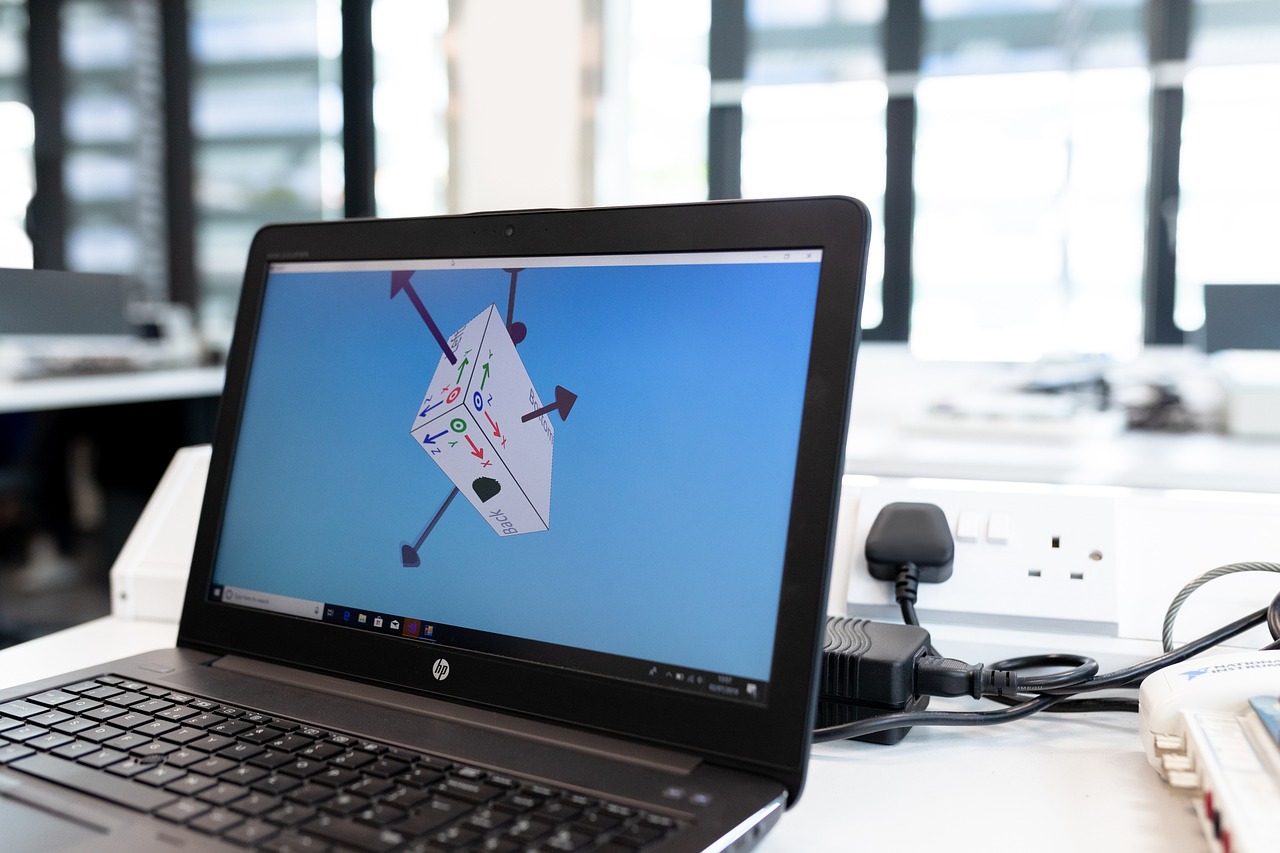Facility management is a critical aspect of maintaining and optimising any building or workspace, ensuring that operations run smoothly and efficiently. It involves a wide range of responsibilities, from making sure assets like HVAC systems and lighting are functioning properly, to effectively allocating and utilising space, ensuring safety regulations are met, and managing day-to-day maintenance tasks. Facility managers, property owners, and operations directors face numerous challenges daily, often juggling multiple priorities to keep everything running seamlessly. Investing in modern facility management software can revolutionise the way these tasks are organised and executed. By automating workflows, improving communication, and offering real-time data insights, such tools provide tangible benefits that go far beyond traditional manual practices, helping organisations save time, reduce costs, and improve overall efficiency.
The Importance of Preventative Maintenance
Preventative maintenance is a core feature of advanced facility management software. Unlike reactive methods, which address issues only after they arise, preventative maintenance focuses on identifying potential problems before they lead to costly downtime or repairs. By incorporating automated schedules and alerts, facility managers can address minor issues in a timely manner, significantly extending the lifespan of equipment.
This feature minimises the risk of unexpected breakdowns, which could disrupt daily operations. Whether it’s HVAC systems, lighting, or security equipment, consistent and proactive maintenance helps reduce long-term costs and supports seamless operations.
Enhancing Efficiency Through Asset Tracking
Managing a facility involves overseeing countless assets, from furniture to technical equipment. Facility management software simplifies this process with robust asset tracking capabilities. These tools allow property owners and managers to maintain a comprehensive record of where assets are located, their condition, and their performance history.
Asset tracking also helps optimise resource allocation by identifying underutilised or overused equipment. With accurate data readily available, decision-makers can make informed choices about equipment repairs, replacements, or redistribution.
For example, a facility manager overseeing multiple locations can quickly assess which equipment requires updates, avoiding unnecessary expenditure on replacements while improving operational efficiency.
Maximising Workplace Utilisation with Space Management
Efficient space utilisation is becoming increasingly important, especially with the rise of hybrid work models and flexible office arrangements. Facility management software provides detailed insights into how spaces are being used, facilitating better planning and design.
With real-time data and analytics, space management tools allow organisations to allocate resources effectively, whether it’s ensuring meeting rooms are used efficiently or reconfiguring office layouts to suit business needs. This not only helps in reducing wasted space but also supports a more productive work environment for employees.
By understanding occupancy trends, facility managers can avoid underutilised spaces and create environments that align with their organisation’s goals.
Why Facility Management Software is Essential
Navigating facilities without digital support can lead to inefficiencies, overlooked maintenance, and rising operational costs. Facility management software offers an integrated solution to these challenges, empowering facility managers, property owners, and operations directors to improve processes.
Preventative maintenance plays a critical role in keeping equipment functioning at its best, reducing unexpected breakdowns and minimizing costly downtime. By proactively addressing potential issues, businesses can extend the lifespan of their assets and maintain uninterrupted operations. Asset tracking, on the other hand, ensures that essential resources are being fully utilized, helping organizations monitor usage patterns, avoid losses, and maximize value. Meanwhile, space management optimizes the way facilities are used, ensuring that every inch of space contributes to productivity and efficiency, whether it’s in an office, warehouse, or manufacturing plant.
By adopting facility management software, organizations can streamline day-to-day tasks, automate routine processes, and significantly reduce manual errors that often lead to inefficiencies. This technology allows businesses to focus on their strategic objectives, such as scaling operations or improving customer experiences, rather than being bogged down by operational challenges. In today's fast-paced, dynamic environment, facility management software is no longer just an optional tool; it has become a vital component of modernized operations across industries, empowering businesses to stay competitive and agile.
